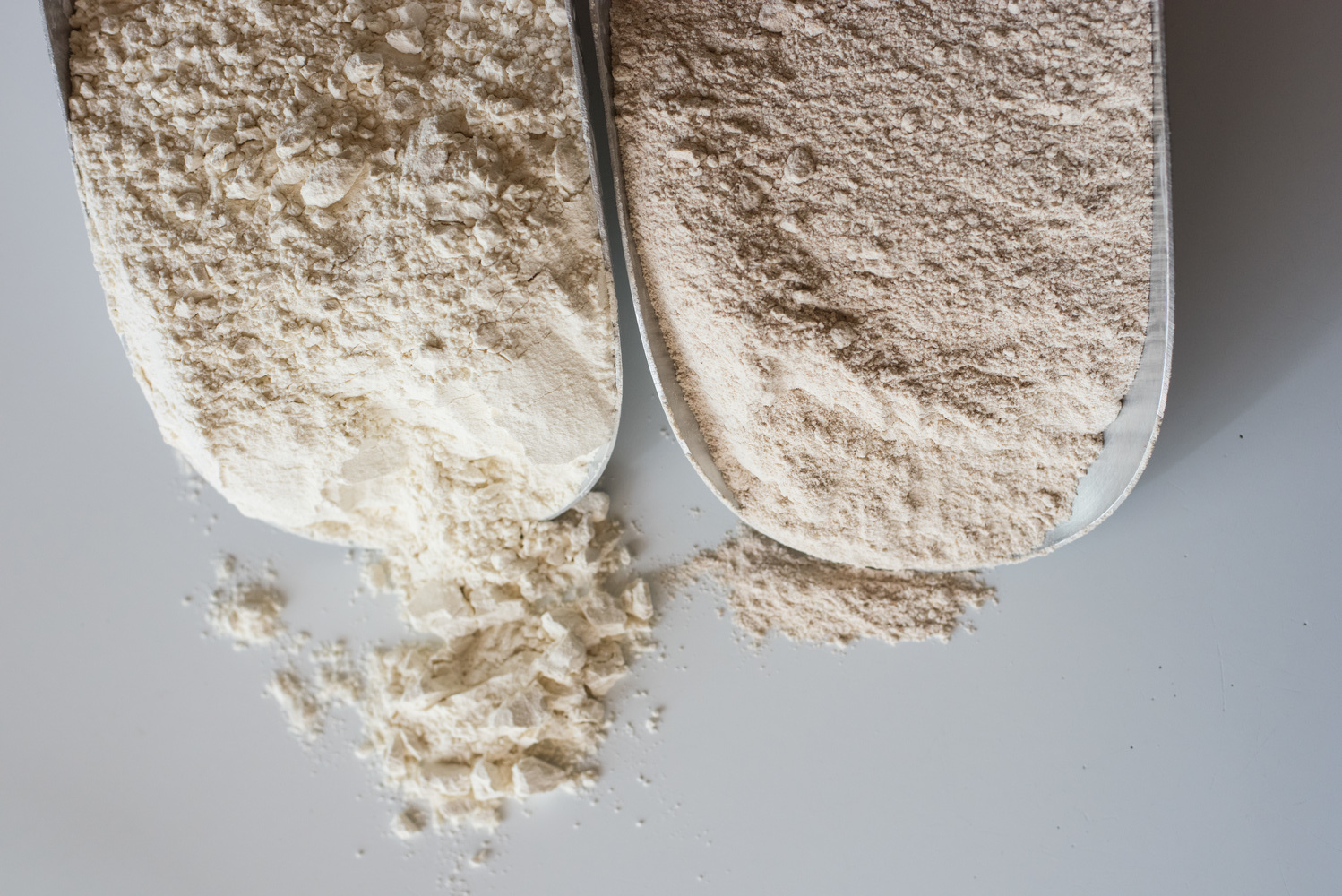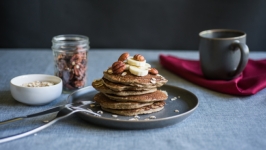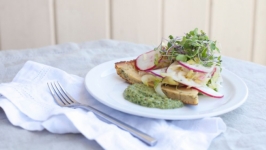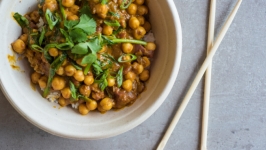Flour Power: Gluten-free Baking Ingredients
While the majority of baking is done with wheat flour, nowadays many folks are seeking alternative ingredients. Health issues such as celiac disease, gluten intolerance or diabetes are driving some of the desire to avoid wheat, while adherence to various diets such as paleo or vegan may also lead to incorporating less-common options. Some may be concerned about the environmental impact of growing wheat, while others may seek out different flours based on taste preferences.
Here is a list of flours to try if you wish to avoid gluten:
Rice flour: The staple flour for gluten-free baking. Brown rice flour contains more protein and fiber. Sweet rice flour behaves more like a starch and gives some of the elasticity to pastries and pizza crusts where more chew is desired.
Millet flour: Has a mild, slightly nutty taste. Pairs well with rice and sorghum flours.
Sorghum flour: Higher in protein than brown rice, sorghum is more easily digestible than other grains and doesn’t contribute significant flavor. Good in GF flour blends.
Almond flour: From finely ground almonds, this is the staple ingredient in pastries like macarons, frangipane and marzipan. It is high in protein and blends well with other flours for muffins, quick breads and cookies that benefit from its nutty flavor.
Corn flour: Can be used alone or in combination with other flours. Masa harina is ideal for tortillas.
Oat flour: Good in scones. Always look for certified gluten-free oats and oat flour to be sure it’s not cross-contaminated with wheat.
Coconut flour: Gaining popularity with paleo dieters, it is high in fiber, protein and healthy fats. Low glycemic and easily digestible for most. Made from the dried coconut meat.
Bean flours: From garbanzo or fava beans. Will give GF breads heartiness.
Amaranth flour: High in protein and fiber, it lends a mild nuttiness and is best blended with rice or sorghum flours.
Potato flour: Heavy and absorbs liquid quickly. Good in yeasted products that need to hold a shape, such as hamburger buns.
Don’t forget the starches and gums! Important components of gluten-free flour blends, starches replace some of the elasticity that gluten would normally contribute, while gums provide structure and help to hold baked goods together.
Arrowroot: From the root of several tropical plants, it creates a smooth texture in baked goods.
Cornstarch: Versatile and easy to find, often used as a thickener for sauces and gravies.
Potato starch: Very fine textured and used in combination with other starches.
Tapioca starch: From the cassava root. It is common in commercial GF flour blends and is relatively inexpensive.
Xanthan gum: Most commonly used as a powerful binding agent. Produced from a range of simple sugars by a fermentation process. Many commercial blends and processed foods (salad dressings) already contain it.
Guar gum: For those sensitive to xanthan gum, this is made from guar beans. A bit more needs to be used as a replacement.












